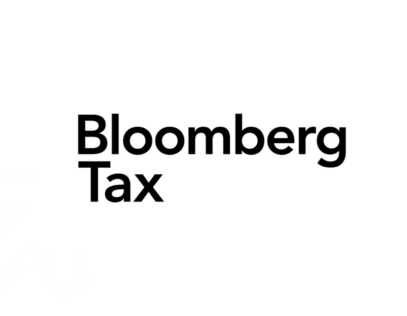By now you well know, Pillar One and Pillar Two are part of the OECD’s ongoing project of combatting tax evasion and shifting profits to low-tax jurisdictions. Pillar One (applicable for large multinationals) aims at allocating taxable income to countries based on revenue generated in countries. Pillar Two aims to ensure that income is taxed at a certain minimum rate (15%) and includes complex rules to ensure taxes are actually paid.
Initially, it was expected that the rules surrounding both proposals would be finalized in 2022 and implemented in 2023. However, the OECD announced in early 2022 that finalization and implementation would take at least another year. One of the current “roadblocks” is an ongoing debate in the EU. Direct tax matters require unanimous approval by all member states and right now Hungary stands in the way. In June, Hungary blocked the vote that would have made the global tax reform law across the bloc. Other EU countries have raised questions as well. Apparently, some countries within the EU are not 100% sure that countries like Hungary will ultimately agree to the proposed rules and it’s caused France, Germany, Italy, Netherlands, and Spain to issue a joint statement on September 9, 2022, saying they will implement a global minimum tax next year by “any possible legal means” if Hungary doesn’t come around. While they didn’t specify what those legal means would be, there has been talk about a workaround called enhanced cooperation that only requires 10 member states to sign on. Will other EU countries follow and will become Hungary become even more isolated?
Another development is that the initial (global) alignment on adopting and implementing Pillar One and Pillar Two is showing some cracks on the surface. While last year, 18 out of the 24 G-24 countries–a group of emerging countries including India, Brazil, Mexico, South Africa, and Argentina among others–agreed to the global tax proposal, this summer the G-24 criticized the current OECD plans. Emerging countries fear that they actually will be worse off if the proposals come to fruition. In their view, which was submitted to the OECD, it is very worrying that countries would no longer be allowed to levy withholding taxes on dividends and royalty and interest payments, as the proposal would require multinationals to pay higher corporate tax on profits realized in countries.
According to the G-24, this effectively means an erosion of their existing taxing rights and given that no additional (tax) revenue would be generated for these countries, they fear the new proposals will mainly benefit only rich countries. You can understand their concerns; Pillar One will only impact around 100 of the largest multinationals–the ones with a consolidated revenue of $20 billion or more–but countries will need to implement a new and (likely) complex tax system. G-24 countries wonder if it’s worth it and if and how they will effectively benefit.
Their concerns are being heard. At the OECD’s meeting in Paris on September 12, the global tax deal’s treatment of withholding taxes was a key part of the discussions. And while so far, there are no conclusions, at the consultation representatives of developing countries said if withholding taxes are included in Amount A, it could be a dealbreaker. Multinationals raised fears about the complexity of the profit allocation rules. So, the question might not only be when will these initiatives cross the finish line, but also where the finish line will be drawn, and which new detours lie ahead?










